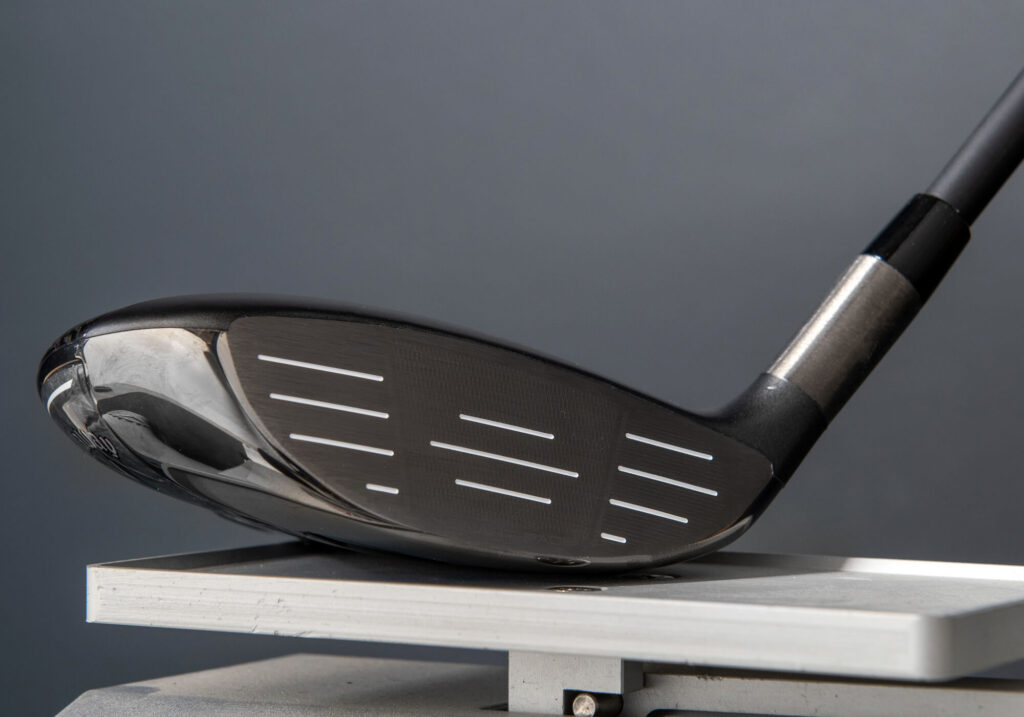Unlocking Your Fairway Wood Distances: A Casual Deep Dive
Hey there, fellow golf enthusiasts! If you’ve ever found yourself scratching your head over fairway woods and wondering if your distances are on point, you’re not alone. A big challenge for many amateur golfers is figuring out distance gapping, especially when it comes to those tricky fairway woods. Unlike your trusty 7-iron, which gets plenty of love on the course, fairway woods can feel a bit elusive. So, let’s break it down in a straightforward way so you can finally understand where you stand compared to others in your handicap range.
The Distance Dilemma
It’s no secret that fairway woods can be a bit finicky. They’re not only challenging to master, but players often don’t use them as frequently as their irons. Many golfers might wonder if the distances they’re hitting are actually above average or just kind of… meh. Thanks to the folks at Shot Scope, we have some solid data on average fairway wood distances that can help shed some light on your game. They filtered out mishits to give you a clearer picture of what you might expect on a good strike.
Fairway Wood Distance by Handicap: What to Expect
Let’s dive into what you can expect as a golfer with different handicaps. Spoiler alert: there’s a world of difference as you improve.
25 Handicap Players: If you’re sitting at this level, fairway woods might feel more like a gamble. Often, you’ll be trying to advance the ball a long way—especially when you’re in the rough. But consistent distance? That’s another story! Many players often hit their 3-wood and 5-wood within just a few yards of each other. To give you an idea, here’s the average performance for a 25 handicap:
Club P-Avg Distance (yds) 3W 179 5W 167 7W 163 20 Handicap Players: As you near the 20 handicap mark, you likely see some better consistency with your striking. That means better separation between your 3W, 5W, and 7W—though overlapping distances can still pop up, especially if you’re hitting the ball low. Here’s what you can expect:
Club P-Avg Distance (yds) 3W 196 5W 179 7W 171 15 Handicap Players: Hitting that mid-handicap level, you probably have a bit more control over your woods. You’ll start to notice some pretty solid yardage gaps here, and a 3-wood might be your go-to off the tee. Check out these yardages:
Club P-Avg Distance (yds) 3W 212 5W 190 7W 179 10 Handicap Players: Welcome to the single digits! At this level, you’re more likely to strike the ball cleanly, ramping up those ball speeds. A 3-wood off the tee can become your best friend out there, with each club showing a nice distance gap:
Club P-Avg Distance (yds) 3W 225 5W 203 7W 190 5 Handicap Players: If you’re serious about the game, you likely have a clear strategy for your fairway woods. Those intentional choices in club selection help create consistent distance gaps of about 10 to 15 yards between clubs. Here’s what you might expect:
Club P-Avg Distance (yds) 3W 239 5W 215 7W 200 Scratch Golfers: The pros are at the top of the game, coming in with the tightest dispersion and actual gapping between clubs. The performance average and actual average? They’re pretty much in sync. Here’s what to look at for scratch golfers:
Club P-Avg Distance (yds) 3W 256 5W 232 7W 218
The 9-Wood: A Hidden Gem?
So, what’s the deal with the 9-wood? Well, not as many players carry one these days—especially among lower handicaps. But it seems to be making a comeback! Golfers like Adam Scott and Collin Morikawa have been known to use one occasionally. Here’s what data we do have for the 9-wood performance:
| Handicap | P-Avg Distance (yds) |
|---|---|
| 20 | 152 |
| 15 | 160 |
What to Keep in Mind with Fairway Wood Distances
When you’re looking at this data, there are a few key things to remember. First off, loft and length can vary across different brands. A 3-wood from one company might soar farther than another brand’s version simply due to different designs. Also, never forget that strike quality is your best friend. These numbers are averages. If your 5-wood is giving you the same distance as your 7-wood, it’s high time to consider a fitting or get some time in at the range.
Final Thoughts: Your Own Journey with Fairway Woods
Take this data as a baseline and not a rigid rulebook. If you often find yourself coming up short with your 3-wood or struggling to launch your 5-wood, maybe snagging a fitting or using a launch monitor could be worthwhile. The key thing to aim for with these clubs is consistency. That’s where the real magic happens for lower scores!
Need More Help with Your Distances?
If you’re craving even more guidance on distance, check out these handy distance charts. They can give you deeper insight into where you stand across various clubs:
Armed with this knowledge, you can start making smart choices about your fairway woods and up your game on the course. Happy golfing! 🏌️♂️


